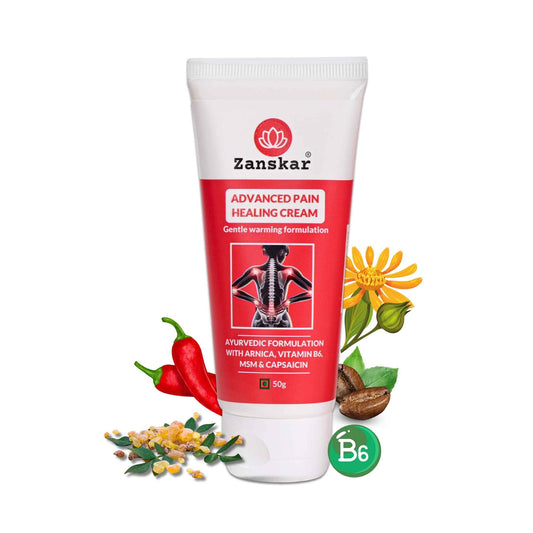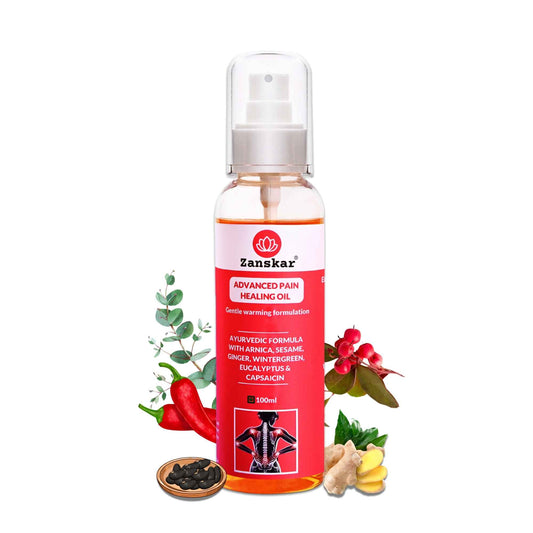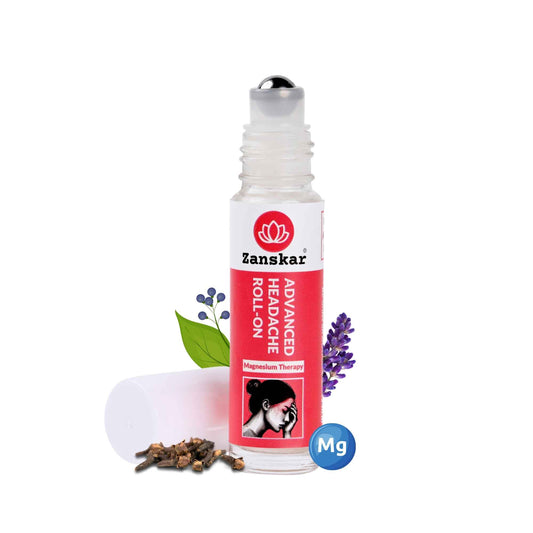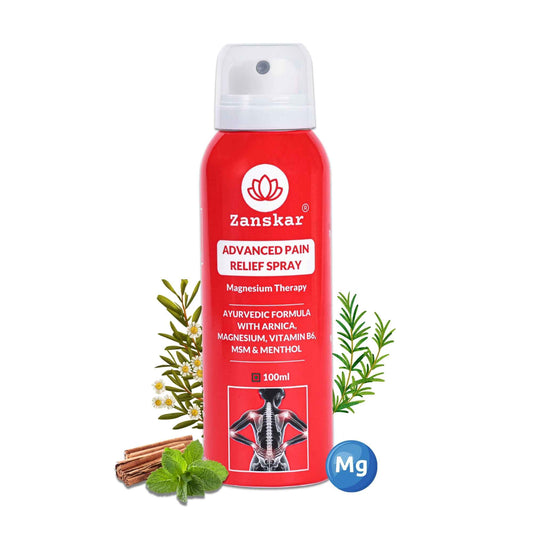
10 Common Running Injuries and Why They Occur
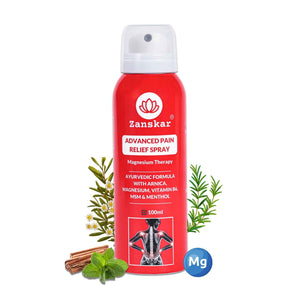
A recent sports medicine study shows that an estimated 30% of runners suffer some kind of injury. Types of injuries vary, but 10 common ones include:
-
IT band syndrome
Occurs when the iliotibial band, rubs against your hip or knee bones, it gets swollen and irritated, leading to lateral knee pain as the primary symptom. -
Back pain
Can be caused by poor running form and/or compensation from weakness or injuries in other parts of the body. -
Knee pain/runners knee
Usually due to poor tracking of the patella. Responds well to hip abductor, core and quad strengthening. -
Plantarfasciitis
Results in pain in the heel and bottom of the foot due to inflammation of a thick band of tissue that runs across the bottom of each foot and connects the heel bone to the toes (plantar fascia). Generally due to tight calf muscles. -
Piriformis syndrome
Causes pain in the buttock which may radiate down the leg. Piriformis syndrome occurs when the piriformis muscle compresses or pinches the sciatic nerve. -
Achilles tendonitis/tendinosis
Pain, inflammation and swelling of the Achilles tendon in the back of the heel and ankle area. -
Shin Splints
MTSS, or shin splints, are pain and inflammation along the shin bone (the tibia) due to repetitive stress on the bone and the surrounding muscles and tissues. -
Hamstring strain/tendinopathy
Strain or tear to muscles or tendons at the back of the thigh. It is usually caused by a sudden movement or injury that stretches or tears the muscle fiber. Symptoms could include pain, swelling or bruising on the back of the thigh, High hamstring tendinopathy is pain near the sitting bone. -
Hip adductor and hip flexor strains
Hip adductor (groin) strain is a strain or tear to muscles or tendons on the inside of the thigh resulting in on the inside of hip and thigh. Hip flexor strain is a strain or tear to muscles or tendons on the front of the thigh resulting in on the front of hip and thigh. -
Stress fractures and stress reactions
Result of accumulated injury from repeated submaximal loading, such as running or jumping. Occurs most frequently in weight-bearing bones (tibia, fibula, femur and bones of the foot).
Why Running Injuries Occur
The reasons for these types of injuries can be even longer than the list of conditions itself. Some runners build miles too quickly or attempt to change running form without proper guidance. Others may repeat hard workouts without easy workouts in between. And still others may become injured due to:
- Improper shoe type and excess shoe mileage
- A change of training surface
- Inconsistent training or overtraining
- A weakness of supporting muscle groups leading to compensation and increased stress in other areas
- Decreased flexibility of muscles
- Chronic malnutrition or dehydration for the individual
Injury Treatment
Fortunately, most running injuries can be relieved with the following treatment strategies:
- Massage the area (hands, foam roller, tennis ball, massage tools).
- Focus on strengthening the area, the joints above and below and hip and core.
- Stretching
- Ice (15-20 minutes) and/or ice massage two times a day.
- Rest
However, if you experience the following, you may need more advanced treatment to resolve your running injury.
- Extreme tenderness lasts 48 hours
- Injury alters your normal running form
- Pain keeps you awake at night
- Ice, rest and elevation have not decreased the swelling and pain in 48 hours
- “Nagging” injury lasts more than two weeks or has progressed each run
Learn More About Zanskar Health
If you have joint or muscle pain that makes it hard to move, Zanskar offers the most advanced full stack pain relief solutions for you.
Now available to purchase, Zanskar® Advanced Pain Care Products have a unique formulation of natural bioactive ingredients and provide lasting relief from muscle and joint discomfort that you can feel good about. Get your fix before stocks run out - buy now.
You can also gain access to therapeutic exercises and stretches for your condition by downloading the Zanskar Health physiotherapy mobile app. Additionally, you’ll have a personal care team to guide, support, and tailor our program to you, including behavioral and nutritional coaching.
Download our mobile app here 👉 download and track your exercise streak.
Medical Review: This article is written by Dr Nishtha Mittal (Senior Health Content Editor at Zanskar Health) and has been medically reviewed by the medical team at Zanskar Health. This article and its contents are provided for educational and informational purposes only and do not constitute medical advice or professional services specific to you or your medical condition.




